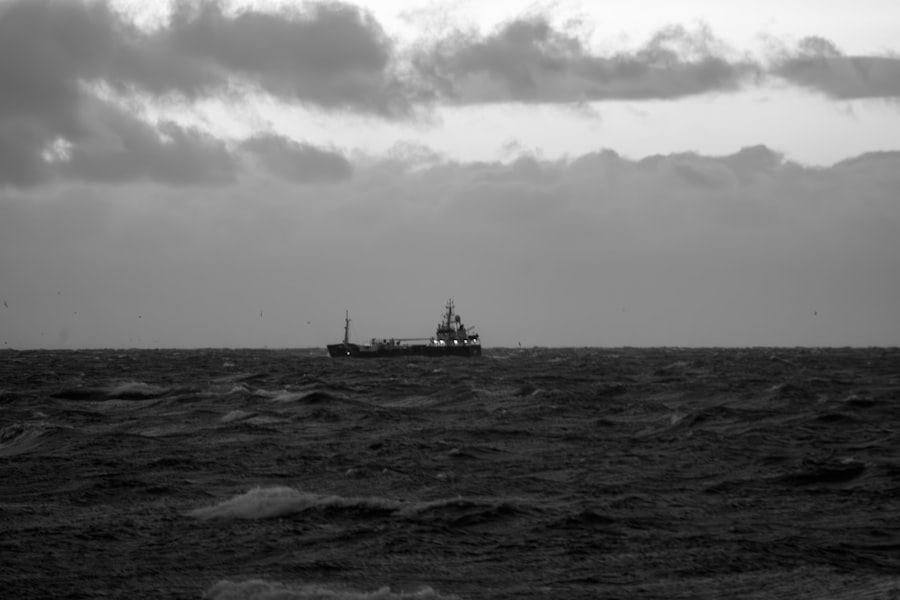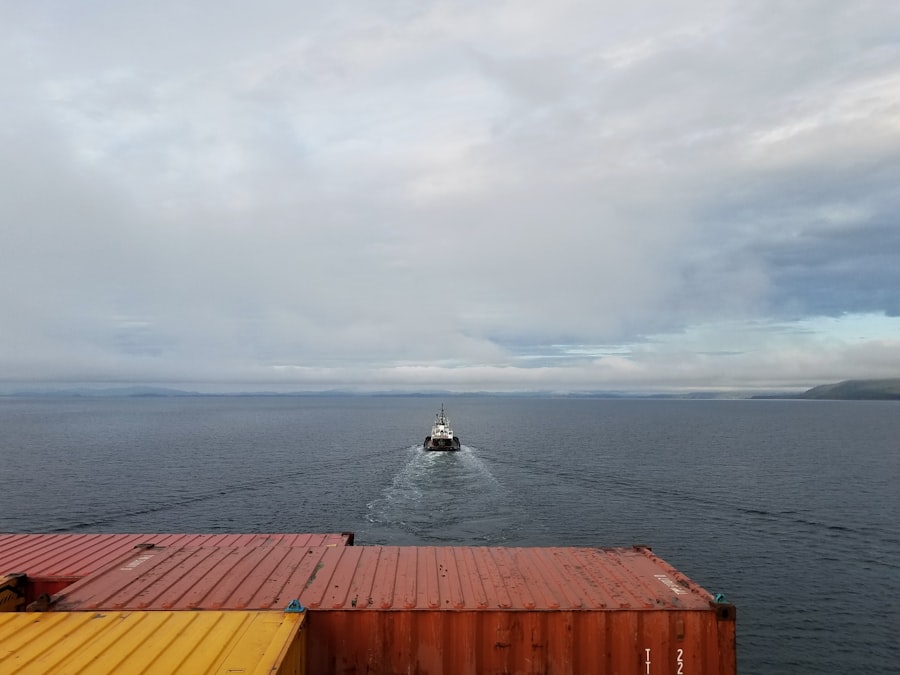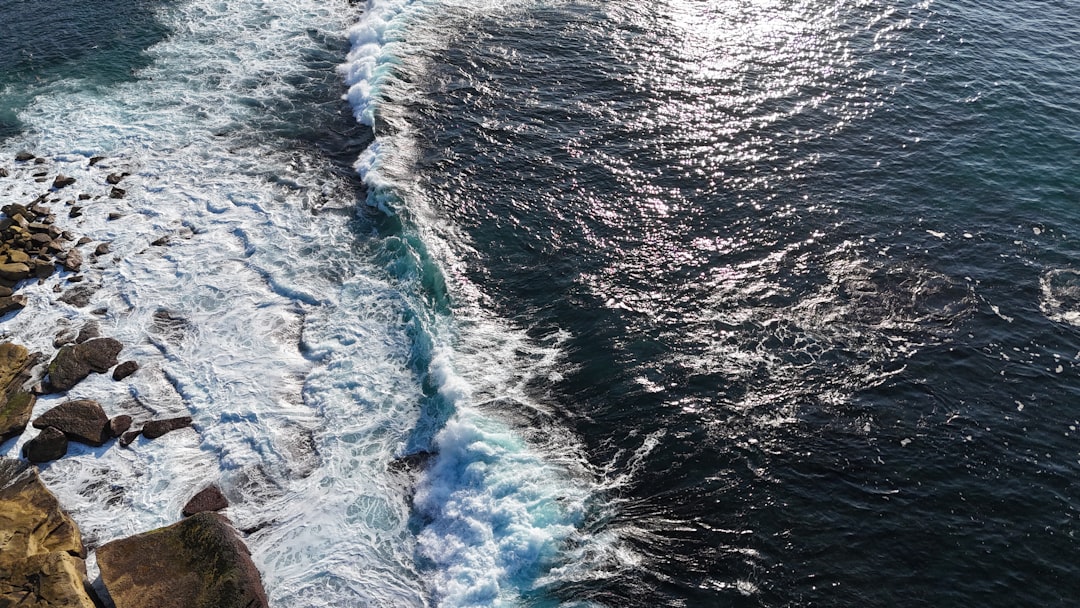The Drake Passage, a body of water that separates South America from Antarctica, is renowned for its tumultuous seas and unpredictable weather. Named after the English explorer Sir Francis Drake, who navigated these waters in the late 16th century, the passage has become a focal point for adventurers, researchers, and maritime enthusiasts alike. Stretching approximately 600 kilometers (370 miles) at its widest point, it serves as a critical conduit for marine life and a vital route for shipping and scientific exploration.
The Drake Passage is not merely a geographical feature; it embodies the spirit of exploration and the challenges posed by nature. As one of the most notorious maritime routes in the world, the Drake Passage has captured the imagination of many. Its reputation for fierce storms and high waves has led to a mix of awe and trepidation among those who dare to traverse it.
The passage is often described as the place where the Atlantic and Pacific Oceans collide, creating a unique environment that is both beautiful and perilous. For centuries, it has been a gateway to the Antarctic, drawing explorers and scientists eager to study its rich biodiversity and the effects of climate change on polar ecosystems.
Key Takeaways
- The Drake Passage is a treacherous body of water located between South America’s Cape Horn and the South Shetland Islands of Antarctica.
- The passage is known for its strong winds, large waves, and unpredictable weather conditions, making it one of the most dangerous sea routes in the world.
- The historical significance of the Drake Passage is tied to the exploration of the Antarctic region and the quest for a sea route between the Atlantic and Pacific Oceans.
- Climate change is impacting the Drake Passage, leading to shifts in ocean currents, melting icebergs, and changes in wildlife populations.
- Navigating the Drake Passage requires careful planning, advanced technology, and adherence to safety measures to mitigate the risks associated with crossing this challenging waterway.
Geographic and meteorological features of the Drake Passage
Geographically, the Drake Passage is characterized by its deep waters and complex ocean currents. The passage connects the southern tip of South America, specifically Cape Horn, to the Antarctic Peninsula. This strategic location makes it a crucial area for understanding oceanic patterns and climate dynamics.
The waters are known for their depth, with some areas plunging over 4,000 meters (13,123 feet), creating an environment that supports a diverse range of marine life. Meteorologically, the Drake Passage is infamous for its volatile weather conditions. The convergence of cold Antarctic waters with warmer currents from the north leads to rapid changes in weather patterns.
Sailors often encounter strong winds, heavy swells, and sudden storms that can arise without warning. This unpredictability is a defining characteristic of the passage, making it both a challenge and an adventure for those who navigate its waters. The unique climatic conditions also contribute to the rich biodiversity found in the region, as nutrient-rich waters support an array of marine species.
Historical significance of the Drake Passage

The historical significance of the Drake Passage cannot be overstated. It has served as a critical route for explorers since the Age of Discovery. Sir Francis Drake himself was one of the first Europeans to navigate these treacherous waters, paving the way for future expeditions to Antarctica.
Throughout history, the Drake Passage has been a site of numerous maritime adventures and tragedies. Many explorers sought to chart its waters in search of new lands and resources, while others faced perilous conditions that tested their resolve.
The passage has witnessed countless shipwrecks and heroic rescues, each contributing to its rich tapestry of maritime lore. Today, it remains a symbol of human curiosity and resilience in the face of nature’s challenges.
Understanding the dangers of the Drake Passage
| Category | Metrics |
|---|---|
| Wind Speed | Up to 70 mph |
| Wave Height | Up to 15 meters |
| Temperature | Below freezing |
| Icebergs | Common hazard |
| Shipwrecks | Historically significant |
The dangers associated with crossing the Drake Passage are well-documented and should not be underestimated. The combination of strong currents, unpredictable weather, and deep waters creates a hazardous environment for vessels of all sizes. Sailors must be prepared for sudden changes in conditions that can lead to dangerous situations, including capsizing or losing control of their vessels.
Moreover, the passage is notorious for its high waves, which can reach heights of over 15 meters (49 feet) during storms. These towering swells pose significant risks to navigation and can lead to severe damage to ships. Understanding these dangers is crucial for anyone planning to traverse the Drake Passage, as preparation and respect for the sea are essential for ensuring safety.
Impact of climate change on the Drake Passage
Climate change has begun to exert a profound influence on the Drake Passage and its surrounding ecosystems. Rising global temperatures are leading to changes in ocean currents and water temperatures, which in turn affect marine life in this critical region. The melting of Antarctic ice is contributing to rising sea levels and altering salinity levels in the water, impacting species that rely on stable conditions for survival.
Additionally, shifts in weather patterns due to climate change are making the already unpredictable conditions of the Drake Passage even more erratic. Increased storm frequency and intensity pose additional challenges for navigation and marine operations in this area. As scientists continue to study these changes, it becomes increasingly clear that understanding the impact of climate change on the Drake Passage is vital for both conservation efforts and maritime safety.
Navigational challenges and strategies for the Drake Passage

Navigating the Drake Passage presents numerous challenges that require careful planning and execution. The unpredictable weather patterns can change rapidly, making it essential for sailors to stay informed about current conditions through reliable weather forecasts and satellite tracking systems. Additionally, understanding ocean currents is crucial for efficient navigation; knowledge of prevailing winds and tides can significantly impact travel time and safety.
To mitigate risks associated with crossing the passage, many vessels employ advanced navigational technologies such as GPS systems and radar. These tools allow sailors to monitor their position accurately and make informed decisions based on real-time data. Furthermore, experienced crews often rely on traditional seamanship skills alongside modern technology to ensure safe passage through these treacherous waters.
Safety measures and precautions for crossing the Drake Passage
Safety measures are paramount when preparing to cross the Drake Passage. Mariners are advised to conduct thorough pre-voyage inspections of their vessels to ensure they are seaworthy and equipped with necessary safety gear such as life jackets, flares, and emergency beacons. Additionally, having a well-trained crew familiar with emergency procedures can make a significant difference in crisis situations.
Communication is another critical aspect of safety in the Drake Passage. Maintaining contact with other vessels and shore-based authorities can provide valuable support during challenging conditions. Many ships also carry satellite phones or emergency communication devices to ensure they can call for help if needed.
By prioritizing safety measures and being prepared for emergencies, sailors can navigate this formidable passage with greater confidence.
Wildlife and environmental conservation in the Drake Passage
The Drake Passage is home to an astonishing array of wildlife that thrives in its nutrient-rich waters. From majestic whales to playful seals and diverse seabird populations, this region supports a vibrant ecosystem that is vital for global biodiversity. However, human activities such as fishing, shipping, and tourism pose significant threats to these delicate habitats.
Conservation efforts are essential to protect the unique wildlife found in the Drake Passage. Organizations dedicated to marine conservation work tirelessly to raise awareness about the importance of preserving these ecosystems. Initiatives include establishing marine protected areas, regulating fishing practices, and promoting sustainable tourism that minimizes environmental impact.
By fostering a greater understanding of the ecological significance of the Drake Passage, these efforts aim to ensure that future generations can continue to appreciate its natural beauty.
The role of technology in navigating the Drake Passage
Technology plays an increasingly vital role in navigating the challenges posed by the Drake Passage. Modern vessels are equipped with sophisticated navigation systems that enhance safety and efficiency during crossings. GPS technology allows sailors to pinpoint their location accurately while radar systems help detect obstacles and monitor weather conditions in real-time.
In addition to navigation tools, advancements in communication technology have transformed how mariners operate in remote areas like the Drake Passage. Satellite communications enable crews to stay connected with support teams on land, providing access to vital information about weather patterns and potential hazards. As technology continues to evolve, it promises to further improve safety measures and enhance our understanding of this complex maritime environment.
Personal experiences and stories of crossing the Drake Passage
Personal stories from those who have crossed the Drake Passage often highlight both its beauty and its challenges. Many recount moments of awe as they witnessed breathtaking landscapes or encountered magnificent wildlife during their journey. However, these tales also frequently include harrowing experiences with rough seas that tested their limits.
One sailor shared their experience of navigating through a fierce storm while crossing the passage; they described how towering waves crashed against their vessel as they fought to maintain control amidst chaos. Yet even in those moments of fear, there was a profound sense of camaraderie among crew members as they worked together to overcome adversity. Such stories encapsulate not only the physical challenges posed by this formidable passage but also the emotional resilience that comes from facing nature’s power head-on.
Respecting the power of the Drake Passage
In conclusion, the Drake Passage stands as a testament to nature’s might and beauty. Its geographic features, historical significance, navigational challenges, and ecological importance all contribute to its reputation as one of the most formidable maritime routes in existence. As humanity continues to explore this remarkable region, it is crucial to approach it with respect and caution.
Moreover, recognizing the impact of climate change on this delicate ecosystem underscores our responsibility to protect it for future generations. By embracing technological advancements while honoring traditional seamanship skills, sailors can navigate these treacherous waters more safely than ever before.
Ultimately, personal experiences shared by those who have crossed this passage remind us that while it may be daunting, it also offers unparalleled opportunities for adventure and discovery. As explorers continue to venture into this wild frontier, they must do so with reverence for its power—a reminder that nature remains an awe-inspiring force that demands respect from all who seek to traverse its depths.
The Drake Passage is notorious for its treacherous conditions, making it one of the most dangerous sea routes in the world. This narrow body of water between the southern tip of South America and Antarctica is infamous for its unpredictable weather, strong currents, and massive waves, which can reach heights of up to 40 feet. These factors combine to create a challenging environment for even the most experienced sailors. For more detailed insights into the dangers of the Drake Passage and the unique challenges it presents, you can explore a related article on the topic by visiting MyGeoQuest.
WATCH NOW! Drake Passage: Earth’s Deadliest Waters Revealed
FAQs
What is the Drake Passage?
The Drake Passage is the body of water between the southern tip of South America and the northern tip of the Antarctic Peninsula. It connects the Atlantic and Pacific Oceans.
Why is the Drake Passage dangerous?
The Drake Passage is known for its rough seas and unpredictable weather conditions. The convergence of the Atlantic, Pacific, and Southern Oceans creates strong winds and powerful currents, making it one of the most treacherous stretches of water in the world.
What are the weather conditions like in the Drake Passage?
The weather in the Drake Passage can be extremely harsh, with frequent storms, high winds, and rough seas. The area is also prone to rapid changes in weather, including sudden drops in temperature and the formation of large waves.
Are there any other factors that contribute to the danger of the Drake Passage?
In addition to the challenging weather conditions, the remote location of the Drake Passage means that help and rescue operations can be difficult and time-consuming. The lack of nearby land and the presence of icebergs further add to the hazards of navigating this passage.
Are there any safety measures in place for ships crossing the Drake Passage?
Ships crossing the Drake Passage are equipped with advanced navigation and communication systems, as well as experienced crew members who are trained to handle the challenges of the passage. Many ships also follow specific routes and schedules to minimize the risks associated with the journey.
